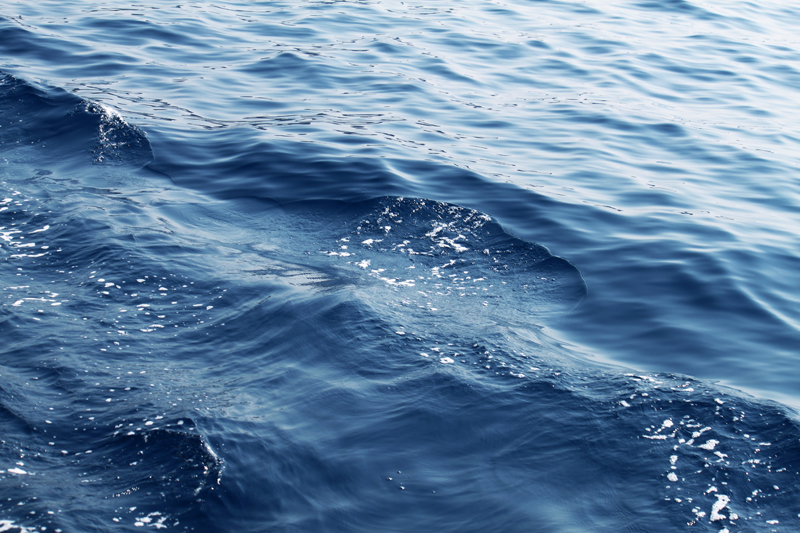Maine’s Center for Disease Control and Prevention is issuing an advisory for the consumption of freshwater fish from seven bodies of water in the state.
The state says the advisory comes after testing for PFAS, also known as forever chemicals, revealed elevated levels of the chemicals in fish.
Health officials recommending either limiting or eliminating consumption of fish caught in the following bodies of water:
| Area | Waterbody | Consumption Advisory |
| Fairfield | Police Athletic League (PAL) Ponds | Do not eat any species of fish. |
| Fairfield | Fish Brook, including any tributaries, from the headwaters to the confluence with Messalonskee Stream | Do not eat any species of fish. |
| Waterville/Oakland | Messalonskee Stream from the Rice Rips Dam in Oakland to the Automatic Dam in Waterville | Consume no more than three meals per year of any fish species. |
| Limestone | All of Durepo Pond and Limestone Stream from Durepo to the dam near Route 229 in Limestone | Consume no more than three meals per year of brook trout and do not eat smallmouth bass. |
| Sanford | The Mousam River from below the Number One Pond Dam to Outlet Dam on Estes Lake, including all of Estes Lake | Consume no more than three meals per year of any fish species. |
| Westbrook | The Presumpscot River from Saccarappa Falls in Westbrook to Presumpscot Falls in Falmouth | Consume no more than four meals per year of any fish species. |
| Unity | Unity Pond | Consume no more than six meals per year of black crappie and no more than 12 meals per year for all other fish species. |
The Maine CDC says fishing in accordance with consumption advisories, as well as recreation in those water bodies is still safe.
“As we continue to learn more about the health impacts of PFAS, these advisories reflect the best current science,” said Nirav D. Shah, Director of the Maine CDC. “They focus on specific areas where higher levels of these chemicals have been detected.”






